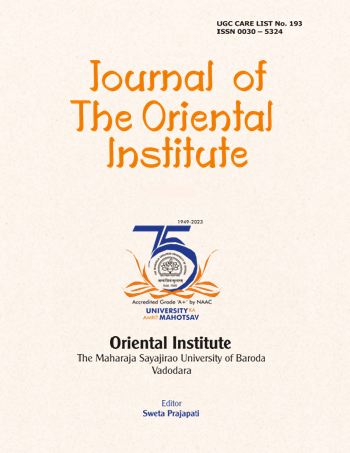ENHANCING PRECISION IN LUNG TUMOR DETECTION USING TRANSFORMER-BASED MODELS ON MULTI-INSTITUTIONAL CHEST RADIOGRAPHS
##semicolon##
https://doi.org/10.8224/journaloi.v74i2.901##semicolon##
Lung Cancer##common.commaListSeparator## Chest Radiography (CXR)##common.commaListSeparator## Transformer Models##common.commaListSeparator## Deep Learning##common.commaListSeparator## Explainable AI##common.commaListSeparator## Medical Imagingसार
The timely diagnosis is crucial in determining the fate of lung cancer, which remains a major cause of cancer death worldwide. Early tumor diagnosis is hampered by interpretation issues such anatomical overlap and low sensitivity, even though chest radiography (CXR) is still the most economical screening method. The Transformer-based segmentation and classification system presented in this study was trained on a recently curated multi-institutional dataset comprising the VinDr-CXR, PadChest, NIH ChestX-ray14, and CheXpert collections. In terms of accuracy, sensitivity, and specificity, the model—a Hybrid Swin Transformer coupled with a Vision Transformer classifier—achieved a Dice coefficient of 0.953, an IoU of 0.917, 91.7%, and 94.1%. By using self-attention maps to provide explainable AI outputs, the pipeline improves interpretability and aids radiologists in making decisions. Additionally, psychological evaluation showed that integrating explainable AI results into consultation decreased patient anxiety. The results show a clinically feasible, scalable, and explicable approach to early lung cancer detection in various healthcare environments.








